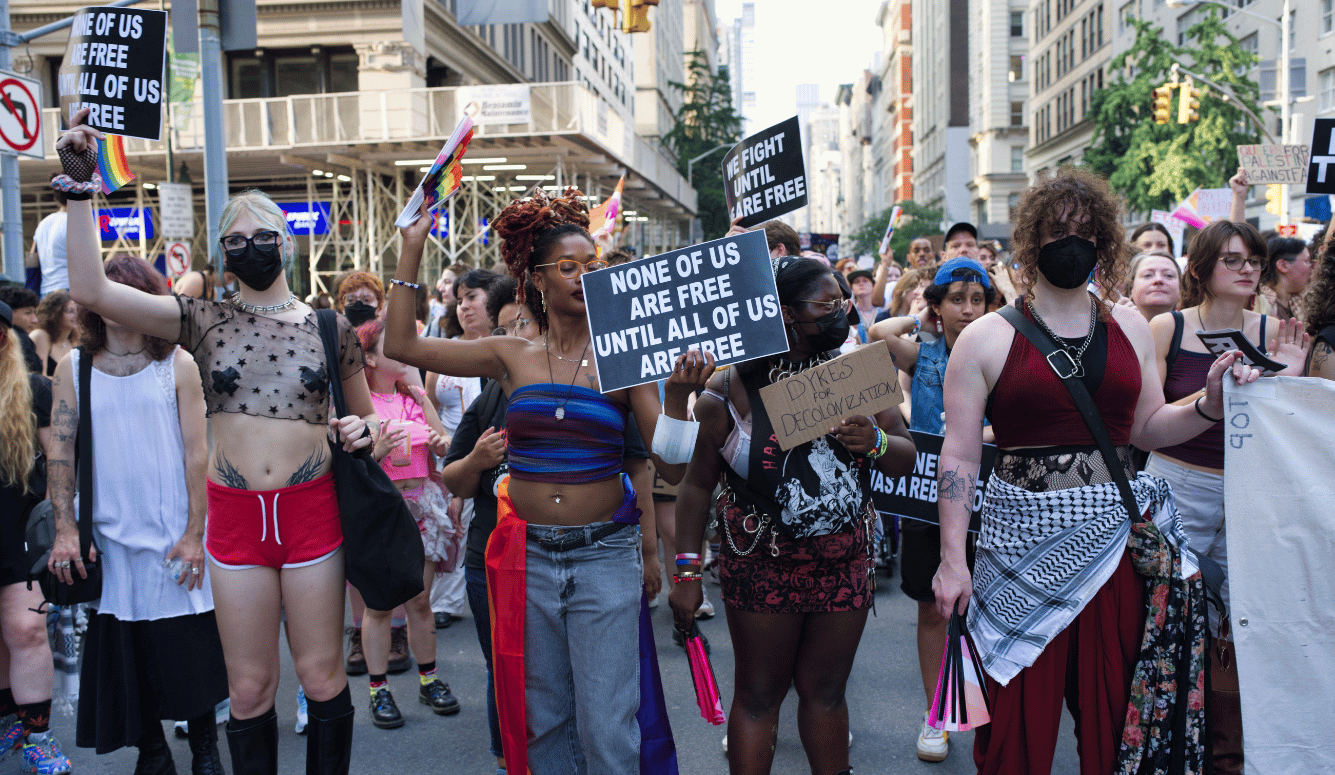COVID-19
Fighting COVID-19: Australia’s (Largely Untold) Success Story
Australians know that other countries are still suffering under lockdown, and that even within Australia, some regions are still suffering terribly.

On Friday, May 15th, pubs around Sydney re-opened after being closed for two months, a development that caused one delighted Sydneysider to observe: “Clinking that first glass… felt like I’d sloughed off a thousand years of sadness.” In fact, it had been roughly two months—a period during which 24 million Australians, myself included, observed a lockdown on all non-essential services.
There are still many restrictions in place. And it will be months, if not years, before all aspects of society return to business as usual. But overall, the easing of restrictions has come faster than many Australians expected, in large part because the lockdown policies worked. The country has witnessed only about 7,000 confirmed cases of COVID-19 with 103 deaths. Daily new cases spiked in late March in the low 400s, but then plummeted rapidly, and now are typically within single digits. It was once believed that, absent a vaccine, long-term herd immunity might be the only way to stop this pandemic. But examples such as Australia show that many countries may be able to suppress the disease—especially when testing and contact-tracing technologies are scaled up while becoming more precise and sophisticated.
Australians know that other countries are still suffering under lockdown, and that even within Australia, some regions are still suffering terribly. Hundreds of thousands of jobs have vanished, and many small businesses will never recover. When I visit my usual shopping district, I am struck by how many shopfronts have been vacated. The experience of “slough[ing] off a thousand years of sadness” shouldn’t be confused with an attitude of celebration. Many of us remain sobered and saddened.





